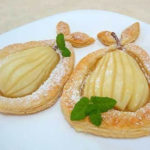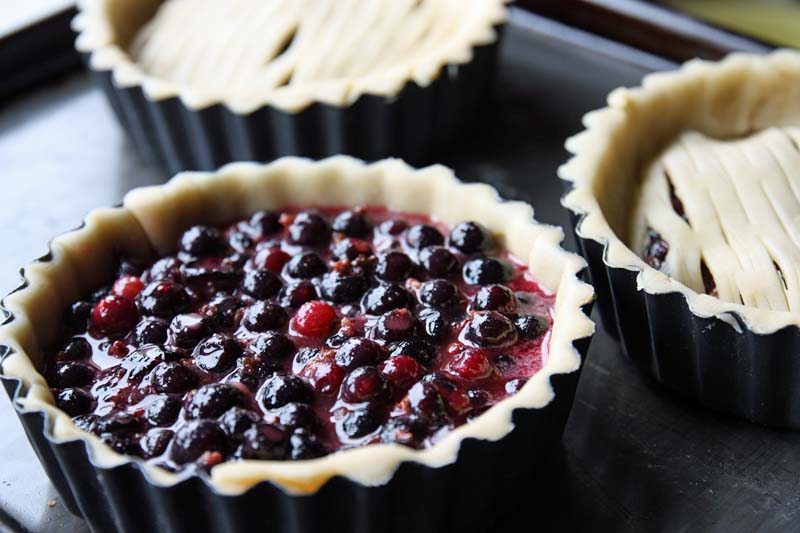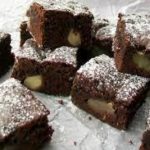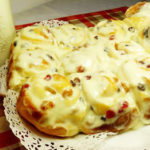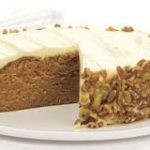Due to the oven temperature, which the dish requires, three groups can be established:
I grupa: the highest temperature is required when meat is baked in pieces (pork ham, goose), puff pastry and cream puff pastry, puff pastry, dishes baked in sauces.
II grupa: average temperature require: meat of young animals, English meats, baked groats, semi-shortbread and shortcrust pastry, yeast dough, soul, biscuit and macaron cakes.
III grupa: lower temperatures require foam.
The steam generated during baking escapes through the openings in the oven. Skillful steam control plays an important role, because for some dishes, the presence of steam during baking is advisable (prevents the surface from drying out and blushing too quickly”), not recommended for others. There are small retractable holes for this purpose, located in the door of coal stoves and round holes in the wall of the gas oven. The surface of the food can be prevented from browning too much by covering it with paper. Also, the steam that stops under the paper prevents the skin from browning.
It is easiest to regulate the temperature in electric and gas ovens, where this is done by regulating the flame with a tap. In coal-fired furnaces it is a bit more difficult and requires some practice. When a quick increase in temperature is needed, the flaming embers should be brought closer to the oven with a poker and dry wood chips or a larger amount of newsprint.
If you need to lower the temperature, it can be obtained by opening the door and moving the discs away from the hob (fireworks); closing the ash pan, making the heat dim, because there is no air access; moving the heat towards the stove door; opening the oven, which, however, may not always be used.


